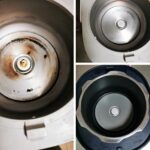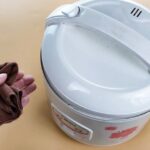Maintaining proper hygiene of your rice cooker is essential to prevent it from becoming a breeding ground for bacteria and grime, which can affect the quality of your rice and your family’s health.
According to experts, it is recommended to clean your rice cooker regularly, at least once a month, paying special attention to the following four areas:
1. Inner Pot
The inner pot is in direct contact with rice and water, so it’s no surprise that it is the easiest place for grime to build up.
After each use, some rice grains or burnt residue may stick to the bottom or sides of the pot, especially if you use your rice cooker for cooking porridge, soup, or other dishes.
According to a food hygiene expert, this leftover residue, if not cleaned promptly, provides an ideal environment for mold and bacteria to thrive.

Cleaning method:
Soak the inner pot in warm water mixed with a mild detergent for about 15-20 minutes to loosen the grime. Then, use a soft sponge to wipe it clean, avoiding steel wool or sharp objects.
For stubborn burnt-on residue, sprinkle some baking soda on the surface, add warm water, and let it soak for another 10 minutes before gently scrubbing it away. Make sure to dry it thoroughly before storing it to prevent mold.
2. Steam Vent
The steam vent, also known as the pressure release valve, plays a crucial role in regulating pressure during cooking. However, it is often the most overlooked area when it comes to cleaning.
According to a 2020 study by Seoul National University, steam carrying starch and oil can build up inside the vent, forming a sticky residue. Over time, this residue can cause blockages, leading to inefficient cooking, unevenly cooked rice, or even a burnt pot. It also provides a breeding ground for bacteria.
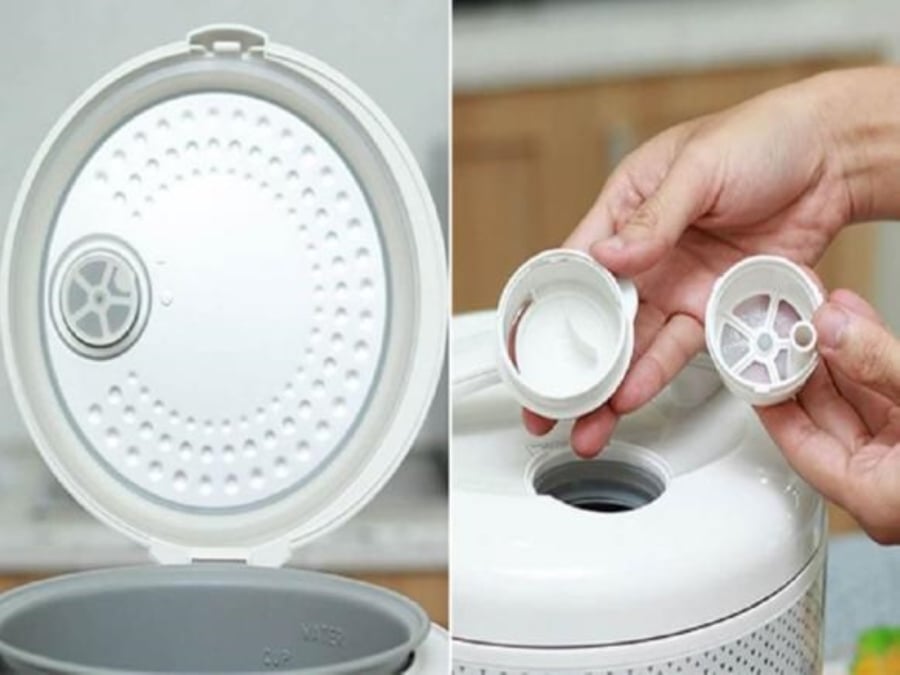
Cleaning method:
If possible, detach the steam vent from the rice cooker and soak it in a solution of warm water and white vinegar (1:1 ratio) for about 10 minutes.
Use a cotton swab or a small brush to clean the narrow gaps. Then, rinse it with clean water and let it dry completely before reassembling. Make sure to clean the steam vent at least once a month to prevent grime build-up.
3. Rim and Inner Lid
The rim (the edge around the mouth of the pot) and the inner lid (the removable part of the lid in some rice cooker models) are often overlooked during cleaning.
These areas come into contact with steam and starch during the cooking process, leading to the accumulation of grime, oil, and even mold.
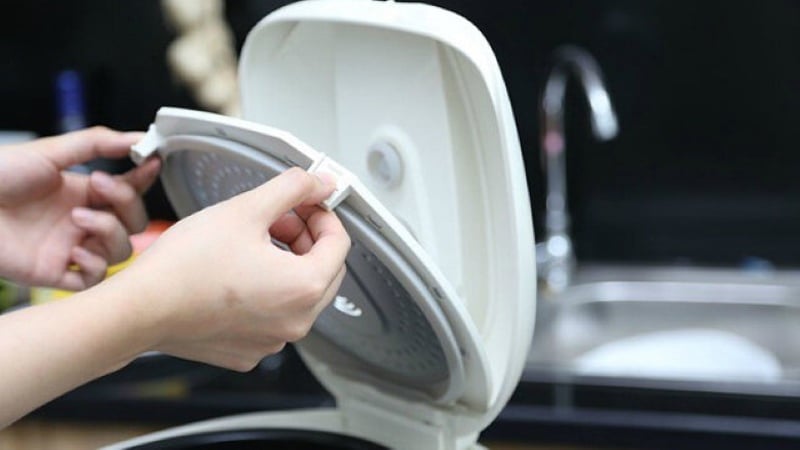
Cleaning method:
Remove the inner lid (if applicable) and wipe it clean with a damp cloth and a mild soap solution. For the rim, use an old toothbrush to scrub the crevices, then wipe it clean with a damp cloth.
If you spot any mold, use a vinegar solution to wipe it away, then rinse and dry thoroughly. Don’t forget to check the rubber gaskets on the lid, as they can also harbor bacteria.
4. Heating Element
The heating element, or heating plate, is located at the bottom of the inner pot and is responsible for transmitting heat.
This area is prone to dust, spilled rice, and oil accumulation during use. If not cleaned, the heating element may not function efficiently, leading to unevenly cooked rice or increased risk of malfunction.
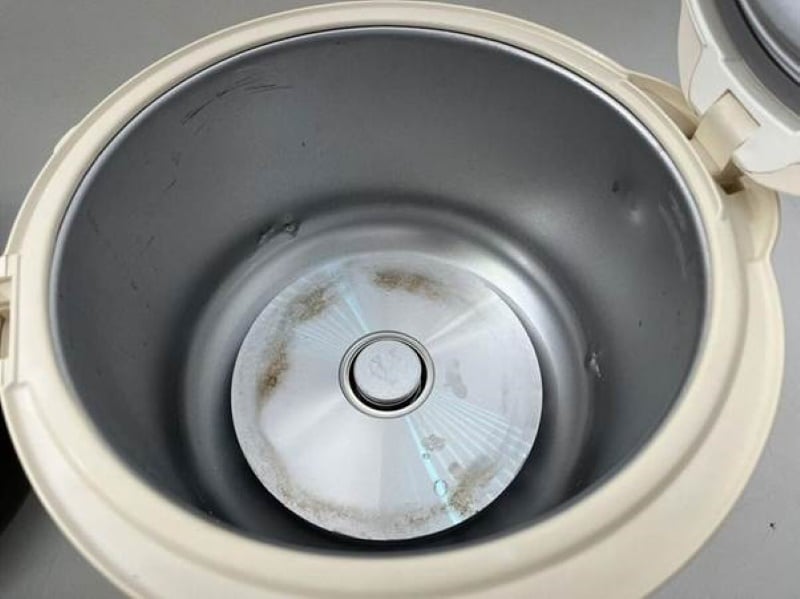
Cleaning method:
Make sure the rice cooker is unplugged and completely cool. Use a dry cloth or a soft brush to remove dust and rice residue from the heating element.
For stubborn stains, use a damp cloth with a mild vinegar solution, then wipe it dry. Do not pour water directly onto the heating element to avoid damaging the electrical components.
“Is Your Rice Cooker Ruining Your Rice? Check This Part to Improve Your Cooking Game”
The heating element, also known as the “hotplate” or “heating coil,” is a crucial component of your rice cooker, responsible for generating the heat that cooks your rice perfectly. It’s similar in function to an electric stove, but designed specifically for your rice cooker, ensuring even and efficient heating for that perfect batch of fluffy rice every time.


























